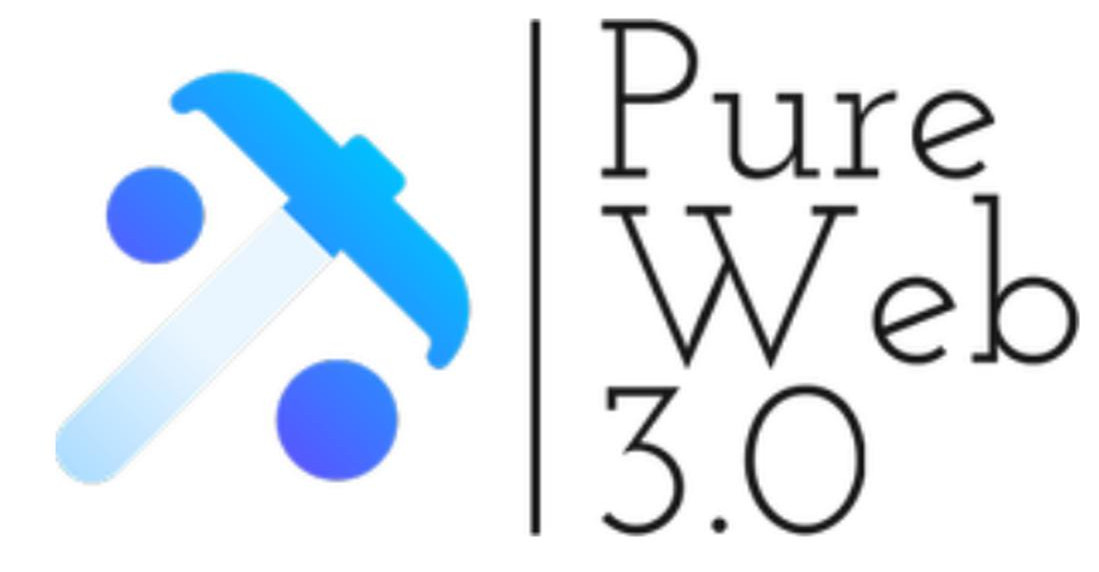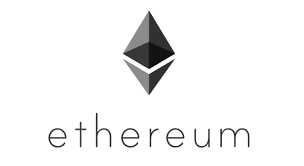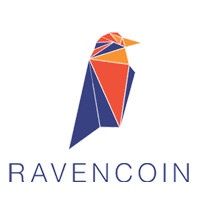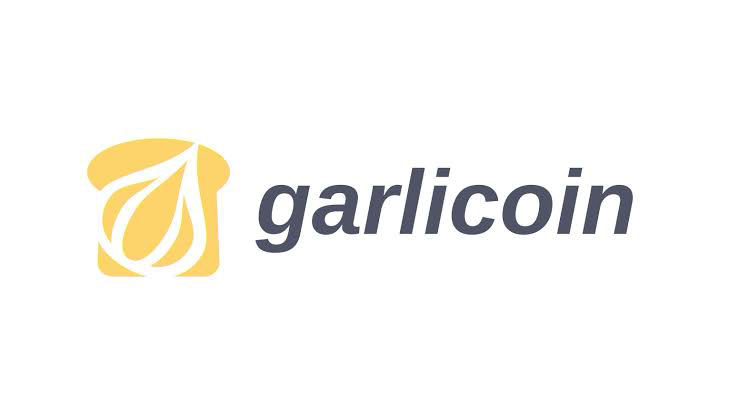Setting up a small cryptocurrency mining operation at home may be the appropriate solution for you if the volatility of investing in cryptocurrencies is too much for you but you still want to benefit from the new economy.
The simplest cryptocurrency to mine is one that does not necessitate the construction of a large mining setup. Although it was once possible to mine Bitcoin using laptops and desktop computers, the increasing mining difficulty, as well as the introduction of Application Specific Integrated Circuit (ASIC) hardware designed specifically for bitcoin mining, has made it all but impossible to mine Bitcoin profitably at home using a PC or laptop computer.
Other prominent cryptocurrencies, however, will still be possible to mine from home in 2022. We'll go through a few of the more popular alternatives in this post, along with some how-to instructions to get you started.
1.Ethereum (ETH)
2.Dogecoin (DOGE)
|Market Cap: 23B | | Average Daily Volume: 1-2B+ |
Dogecoin (DOGE) is an altcoin that has grown in popularity since its inception as a meme. It was popularised by Elon Musk and has a large user base. Unlike bitcoin, which has a finite quantity, DOGE is designed to add new coins every year. Anyone that mines it will benefit from this. To mine DOGE, you must first have a wallet in which to put your winnings. You can either download the Dogecoin core wallet or search the internet for additional online wallets that are suited for Dogecoin.
CPU miner is the greatest software to use when mining with your CPU. This type of mining is doable, albeit at a slow pace. You can use graphics cards to speed up the mining process. Your best bets are AMD and Nvidia GPUs. If you want to mine with a GPU, you need use either cgminer or cudaminer.
You can find detailed instructions for mining Doge here. While mining as an individual is possible, joining a mining pool allows you to take advantage of more processing power and speeds, resulting in higher mining returns. MultiPool is an example of a mining pool that supports Dogecoin. Binance and OKEx are two exchanges that trade Dogecoin once it has been mined.
3.Ethereum Classic
|Market Cap: 4.2B | | Average Daily Volume: 500M-1B+ |
The Ethereum Classic project's major purpose was to ensure the life of the original Ethereum blockchain and to provide an alternative for anyone who strongly disagreed with Ethereum's DAO bailout and the Ethereum Foundation's direction. ETC can be mined with ASIC equipment, but it can also be mined on desktop computers. Here is a complete list of Ethereum Classic mining resources.
HitBTC, Binance, and Huobi Global are among the exchanges that trade Ethereum Classic once it has been mined.
4.Monero (XMR)
|Market Cap: 4.1B | | Average Daily Volume: 100M-300M |
Monero (XMR) is a well-known anonymous cryptocurrency. Furthermore, the network of this altcoin was created with the goal of preventing the development of Monero-specific ASICs. As a result, it's ideal for mining on a home computer. To get started, you'll need to download a wallet to store your coins. The official Monero GUI client is highly recommended. After that, you'll need to get mining software that supports Monero, such as MultiMiner. MultiMiner is one of the easiest to operate, however there are other other online mining choices. Binance and Bitfinex are two exchanges that trade Monero once it has been mined.
5.ZCash (ZEC)
Zcash (ZEC) is a leading privacy-focused digital currency that was launched in 2016. The most essential characteristic of Zcash for home miners is that it uses the Equihash algorithm, which is supposed to be ASIC resistant. As a result, everyone having a GPU at home can join.
You must first download the software that will allow you to control your hardware before you can begin mining Zcash. Set up your wallet and download the Zcash blockchain. This will take some time because the blockchain will need to download and sync in its entirety on your node. You'll also need to get the drivers for your graphics cards downloaded. You can find detailed instructions for mining Zcash here. Binance, Huobi Global, and Bitfinex are among the exchanges that trade Zcash once it has been mined.
6.Ravencoin (RVN)
|Market Cap: 1.1B | | Average Daily Volume: 50M-80M |
Ravencoin (RVN) is a blockchain network designed to transfer assets such as tokens from one holder to another. Ravencoin is a derivative of the Bitcoin programming language. It boasts a one-minute block reward time, a change in the number of coins released (but not the weighted distribution schedule), and the addition of asset production and communications capabilities over Bitcoin. Ravencoin is a free and open source cryptocurrency.
Ravencoin's KAWPOW algorithm is meant to be resistant to ASICs and can be mined using a consumer-grade GPU. More information on Ravencoin may be found here.
7.Bytecoin
|Market Cap: 43M | | Average Daily Volume: $30,000-50,000+ |
Cryptocurrency that is anonymous Another altcoin that is simple to mine on your home computer is Bytecoin (BCN). Bytecoin users will find solo mining to be a simple procedure. To get started, simply download the Bytecoin wallet and run it on your computer. Create a wallet for yourself after the application has finished synchronising with Bytecoin's blockchain. Then just type the command "begin mining" and choose your wallet address as the recipient.
Solo mining is possible on the Bytecoin network, although it is a sluggish operation that may not provide much profit. You can increase your revenue by joining a mining pool that allows CPU mining. bytecoin-pool.org is an excellent example. You'll also need to download mining software that works with your computer, such as xmrig.
Bytecoin can also be mined using graphics cards. You'll need to download software that's compatible with GPU mining to mine this way. While the setup is more difficult than CPU mining, it does result in a speedier mining process. HitBTC and Poloniex are two exchanges that trade Bytecoin once it has been minted.
8.Beam
|Market Cap: 49M | | Average Daily Volume: 5M+ |
Beam (BEAM), a MimbleWimble implementation, is well-suited for home mining. It uses the GPU-mining-friendly Hashii algorithm.
To get started, download the official Desktop Wallet for your computer's operating system. The mining software may be flagged as a potentially malicious programme by your antivirus software. If you don't remove it from that category, you'll have problems during the mining process.
After the blockchain has been downloaded and synced, you can begin mining. You must first set up your preferences. Set the number of mining threads to a number larger than zero and enable the "Run Local Node" function.
It's worth noting that, in order to maximise privacy, Beam's infrastructure employs expiring addresses. However, in order to effectively recover your mining profits, you'll need a persistent address, or your tokens would be lost. Navigate to the receive tab on the software's main dashboard to create a permanent address. You can make a new address that will never expire and use it for the mining setup. Binance and Bitforex are two exchanges that trade Beam once it has been mined.
9.Vertcoin
|Market Cap: 25.7M | | Average Daily Volume: $400,000+ |
Vertcoin (VTC), which was launched in 2014, is another popular choice among tiny miners. The digital currency is designed to stay faithful to Satoshi Nakamoto's vision of decentralisation and financial sovereignty when he launched Bitcoin. The blockchain was built by the project's developers in reaction to the rising effect of ASICs on the Bitcoin blockchain and the mining ecosystem in general. Lyra2RE, the algorithm used with Vertcoin's POW consensus mechanism, is designed to be ASIC resistant while supporting GPU and CPU mining at the same time.
The mining method for VTC is fairly straightforward, which makes it popular. The project developers have built the architecture to facilitate easy mining, so it's just a matter of clicking a button. To begin mining, click here to download the software and join a mining pool to maximise your profits.
Bittrex and UPBit are two exchanges that trade Vertcoin once it has been mined.
10.Grin (GRIN)
Grin (GRIN) was released in January of this year. The project puts a strong emphasis on privacy and scalability. The MimbleWimble algorithm is used by the Grin blockchain, much like it used by Beam, to support transactional privacy.
However, for the average home miner, the blockchain's ASIC-resistant POW algorithm is the most important feature. Furthermore, the project's developers have hard coded a hard fork every six months to reduce the impact of any ASICS that may be designed expressly for its network.
Grin can mine with both a CPU and a GPU. If you choose to use a GPU, however, Nvidia cards are recommended because they are more efficient. Furthermore, you'll need at least 5.5 GB of free space to start mining the coin.
To get started with "GRINning," go to the official website and download the blockchain to create a node. You must link the node to your wallet once the blockchain has been successfully synced. It's as simple as running a file in the directory to make your wallet. You must next setup your graphics cards to function with the wallet once it is live. Finally, make sure your programme is set to Cuckaroo POW, which is the Grin network version that enables GPU mining. Bittrex and HitBTC are two exchanges that trade Grin once it has been mined.
11.AEON
|Market Cap: 3M | | Average Daily Volume: $100-$500+ |
AEON is built on the CryptoNote system and was forked from Monero. To ensure that transactions are untraceable, it employs the CryptoNight-Lite algorithm and ring signatures. Windows CPUs, as well as AMB and Nvidia GPUs, can be used to mine AEON.
Bittrex and HitBTC are two exchanges that trade AEON once it has been mined.
12.Garlicoin
|Market Cap: 4.7M | | Average Daily Volume: $2000-$5000+ |
In 2018, Garlicoin (GRLC) began as a meme coin. GRLC is a proof-of-work token that is resistant to ASICs. It may be mined on a CPU as well as GPUs from Nvidia and AMD. The hashing algorithm for the currency is called Allium after the scientific term for garlic, Allium sativum. Despite being a low-profile coin for the majority of its history, Garlicoin launched a massive marketing push in 2021, causing its price to soar from roughly 0.01 cents in mid-March to.32 cents on April 26th, a 3100 percent increase. Garlicoin's price has dropped to $0.07 in January 2022.
PancakeSwap, Txbit.io, Tradeogre, Crex24, and FreiExchange are among the exchanges that trade Garlicoin once it has been mined.
13.Litecoin (LTC)
|Market Cap: 8.9B | | Average Daily Volume: $800M-$900M+ |
Litecoin is one of the oldest cryptocurrencies, with many people considering it a potential alternative to Bitcoin. It's a peer-to-peer (P2P) digital currency that's open-source. Each miner receives 12.5 Litecoin each block at the time of writing (which halves every four years).
Mining LTC is a good concept because it is generally acknowledged and uses the Scrypt system, which eliminates the need for ASIC devices. Mining with a GPU is strongly recommended because it is memory-intensive. The fact that LTC is less volatile than many other altcoins makes it an excellent candidate for mining.
It's also widely recognised on all major exchanges, and the transaction cost is rather modest. With this one, you won't have to worry about the price plummeting overnight (although anything can happen in crypto!).
14.Bitcoin Gold (BTG)
You Don't Need an ASIC to Mine Crypto
How much money can you make GPU crypto mining at home?
With coins like Monero, Zcash, and Byte, mining crypto at home with a CPU is conceivable, but it will be a long process, and the cost of electricity may be greater than the worth of the coins you can mine. GPU mining is a viable option for people who want to take things more seriously. Popular GPUs include the NVIDIA GeForce RTX 3090 and GeForce RTX 3080.
GPUs are available for as little as $600 and as much as $2000. The pricing difference is due to a difference in performance. This refers to the maximal hashrate of GPUs. Hashrate is the amount of power/speed/calculation that a GPU unit can use to mine a coin in basic terms. 'Million hashes per second' is how the hashrate is measured. One million hashes per second is 1MH/s. GPUs with lesser prices often have lower hashrates. Desktop and laptop CPUs still have lower hashrates, which are measured in thousands of hashes per second rather than millions - hence TH/S.
The hashrate and revenue calculation
Hashrates.com is a fantastic tool for estimating prospective earnings. It shows hashrates for both CPUs and GPUs, as well as an estimate of how much money one could make mining cryptocurrencies with that hashrate each month.
According to Hashrates.com, a GeForce RTX 3080 GPU can mine Ethereum at 48MH/s and earn $217 per month. An Intel i9-10900, on the other hand, can function at 4KH/s and produce roughly $9 worth of Monero during the same time period.
The following are two other factors that influence profitability:
- The price of the coin you're mining on the open market. Cryptocurrency prices are quite volatile, so mining a coin that is rising upwards will earn you more money than mine one that is trending downwards.
- Electricity is expensive. The higher the hashrate a GPU can produce, the more electricity it will need, according to a basic rule of thumb. Electricity is priced in kilowatt-hours all throughout the world.
The average price per kilowatt-hour in the United States is currently 10.42 cents, according to EnergyBot, however prices vary greatly between states. Nevada has the cheapest electricity at 7.99 cents per kWh, while Hawaii has the most costly at 31.92 cents. Burma has the lowest electricity prices in the world, with many Arab countries offering even lower rates.
How to scale up GPU mining - case study
A professional GPU miner wrote the following case study. They describe their real-world experience with GPU mining on a larger scale in it.
The technology set
We have 13 low-cost Intel systems running Windows 10 on our desktops. The key is to look for motherboards that can support 8 or more GPUs. Because the motherboards are readily available on Amazon, the majority use Z390 chipsets, which are 8th/9th Gen Intel CPUs.
Speed is unimportant because some systems use Celeron processors while others use Intel i9 processors, but mining will be 100 percent GPU reliant, therefore there will be no difference in speed. This is where you can save money by cutting corners. With more than 8 GPUs active, Windows becomes unstable. We use Windows to connect to each rig remotely using Google Chrome on our phones. We do not recommend running anything larger due to stability concerns and the fact that it would necessitate the usage of Linux. To distribute heat, all rigs run in an open frame with 120mm cooling fans. If the GPUs are not cooled or contained in a case, they will thermally throttle down.
The profitability equation
Ethereum has shown to be the most profitable cryptocurrency to mine in terms of power consumption. 8 AMD RX580s earn $20 per day before electricity for a low-cost setup. I suggested 8 AMD 5700 XTs because they consume the same amount of power as the RX580s while earning 30% more profit.
During a bad market, the most significant barrier to profit is electricity. It isn't really a factor during a bull market. The rigs mentioned above, for example, use $4 per day in power. During a bear market, we were able to produce roughly $500 per month with all 13 devices running. The same 13 computers have made up to $17,000 a month throughout the current bull market, so power isn't an issue. Scaling and heat are issues with electricity. The rigs run on 1000 watts, so they're basically space heaters. Depending on your space and goals, the more machines you use, the more cooling you'll need in your home.
At-home crypto mining is difficult due to the dominance of large-scale operations in the mining sector. However, by selecting the most profitable coins and using the latest (and most effective) mining hardware, crypto mining income can still be generated in 2022.

















